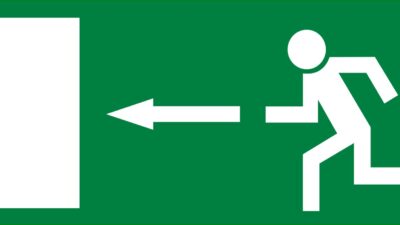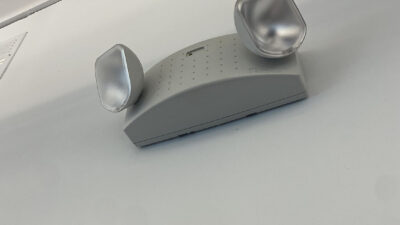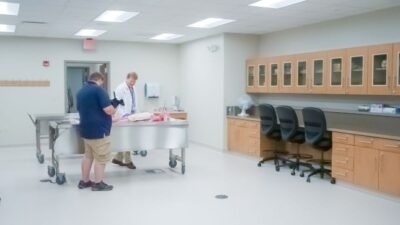Improve a building's thermal envelope to improve energy performance.
View the full story, including all images and figures, in our monthly digital edition
The ASHRAE 90.1 standard is best known for its specifications regulating energy efficiency for mechanical systems. Lesser known (among the standards’ users) is its requirements for thermal envelopes.
Mechanical engineers should become more familiar with the envelope provisions to be proactive in working with architectural designers on refining envelopes for improved energy performance. Mechanical systems could be downsized, as could related electrical systems. The results of this increased collaboration would be lower design, construction, and operating costs and environmental benefits such as improved occupant comfort and reduced air pollution.
The major deficiencies in envelope elements can be identified through coordination with architectural designers and then focused upon for improvement. The ASHRAE 90.1 standard allows for simple benchmarking as a first step to identifying deficient components. It is important that this process be a coordinated effort between the mechanical and architectural designer so that efforts are spent on building elements that represent a large potential for improvement.
For example, a mechanical engineer identifies a poorly performing skylight (a U-value of 0.96 and a solar heat gain coefficient, or SHGC, of 0.35) in an envelope design. The skylight meets the minimum requirements of the standard; however, a better performing skylight has been used on several past projects (a U-value of 0.40 and a SHGC of 0.34).
The architectural designer does not need to spend time exploring improvement options, only the cost for the change in specified product. In this example, the skylight component is less than 1% of the overall roof area, and the cost to change to the improved skylight was an additional $3500.
A quick cost benefit analysis confirmed that the improvement was not a sustainable one for the project since the skylight area was so small. The overall savings in annual energy costs were estimated to be $10/year, leading to a 350-year payback. Instead, the dialogue between architectural and mechanical designers focused on finding major envelope components where performance improvements would have noticeable effects in building energy usage.
In this particular example, the storefront glass comprised 50% of the building thermal envelope and was improved from a U-value of 0.38 nonthermally broken assembly with a higher relative heat gain value to a thermally broken assembly with a U-value of 0.29 and a reduced relative heat gain value to provide a savings in annual energy usage and a 5.5-year payback for the project.
The current climate of construction practices places tremendous emphasis on energy-efficient mechanical and electrical systems. In reality, buildings operate as an integrated assembly of envelope, mechanical, and electrical systems. The more the design team collaborates, the better buildings will perform. Collaboration between designers is increasing, mostly as a result of various organizations (including ASHRAE, U.S. Green Building Council , and American Institute of Architects ) adopting more energy-stringent guidelines.
As architects become more exposed to energy-efficiency imperatives through the U.S. GBC’s LEED, the U.S. Army Corps of Engineers, California’s Title 24, and the International Code Council’s Energy Conservation Code, engineers should seize this opportunity to help architectural designers learn how to save energy in structures and achieve new goals.
Read more about
ASHRAE 90.1 here
Author Information
Lininger is a project engineer and primary LEED consultant at
At A Glance
ASHRAE 90.1-2007, Energy Standard for Buildings Except Low-Rise Residential Buildings, is the most recent version of this code, set to be updated in 2010. Addenda and additional information about this code are available at



